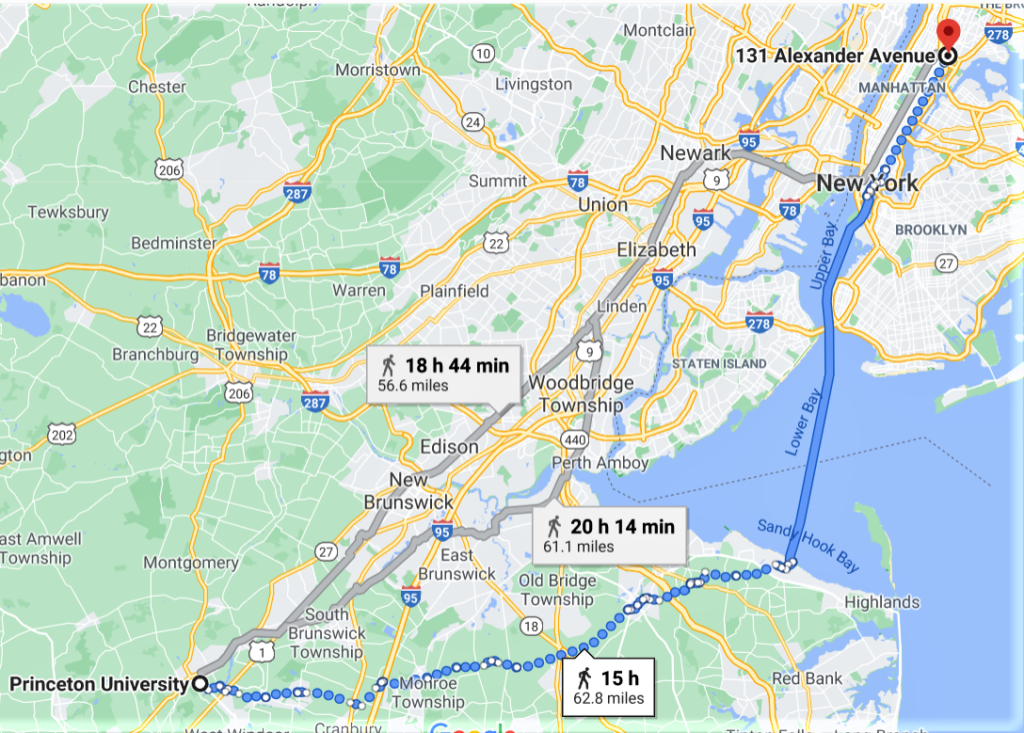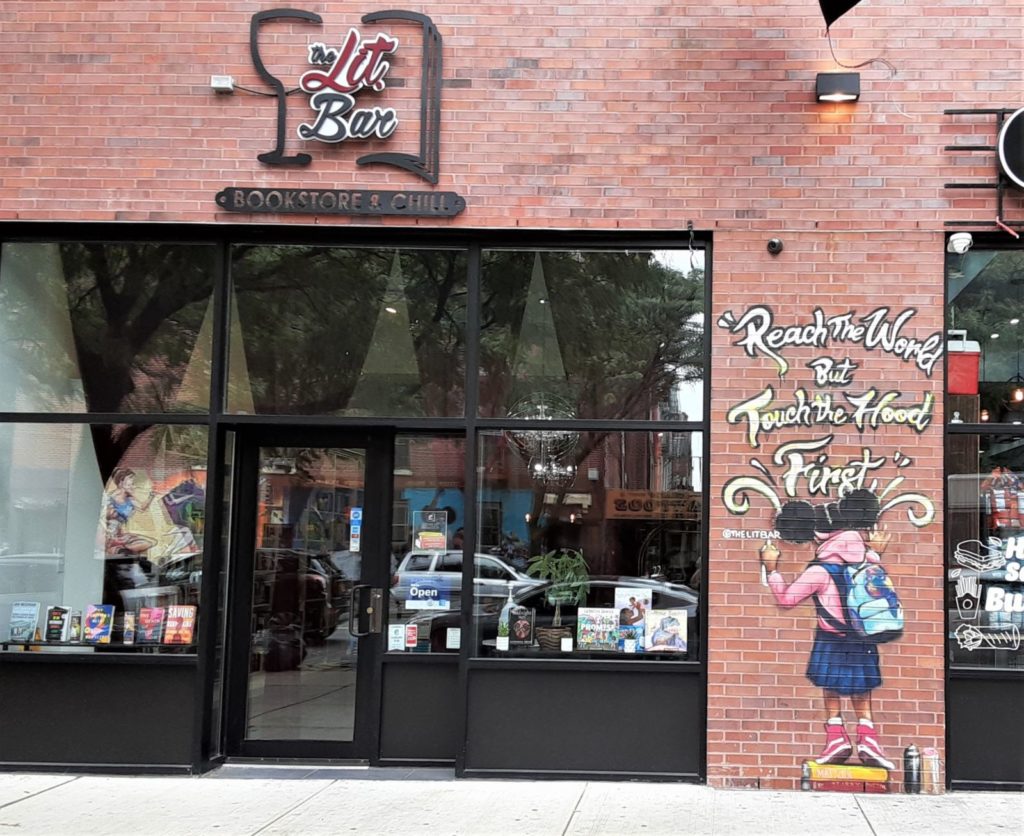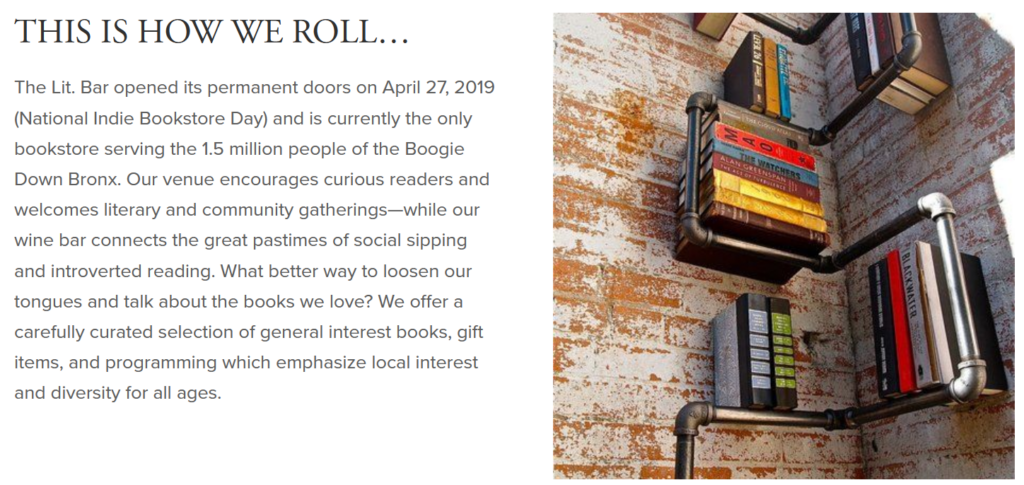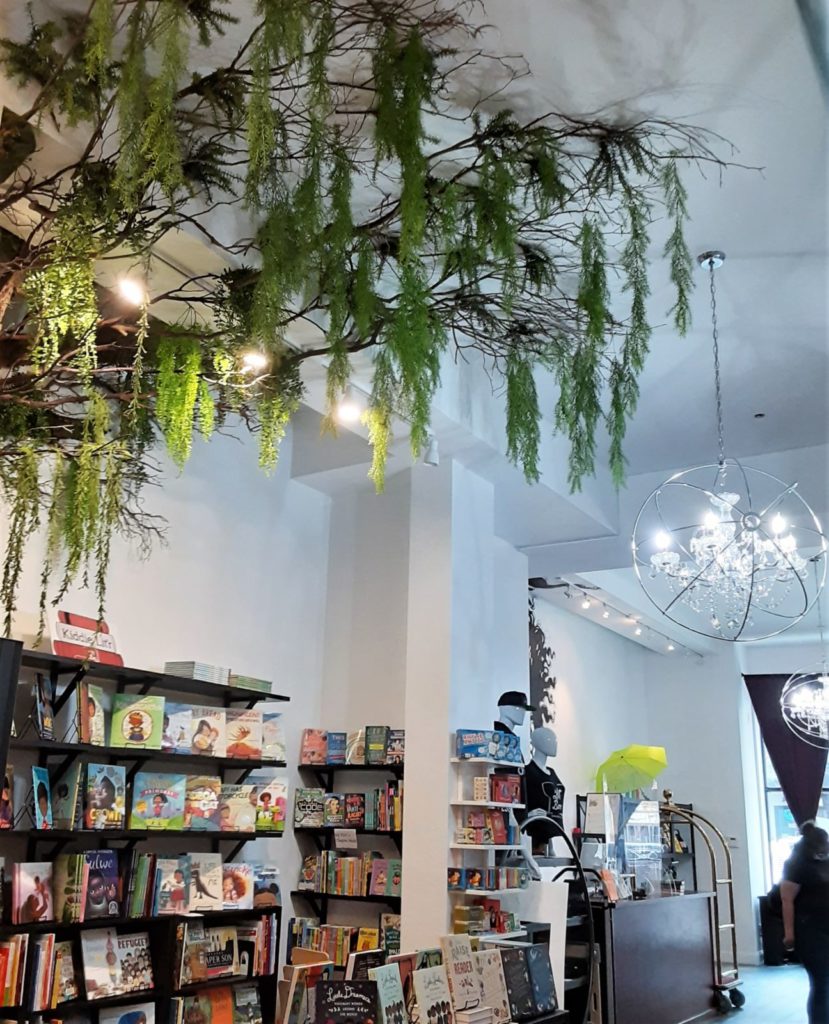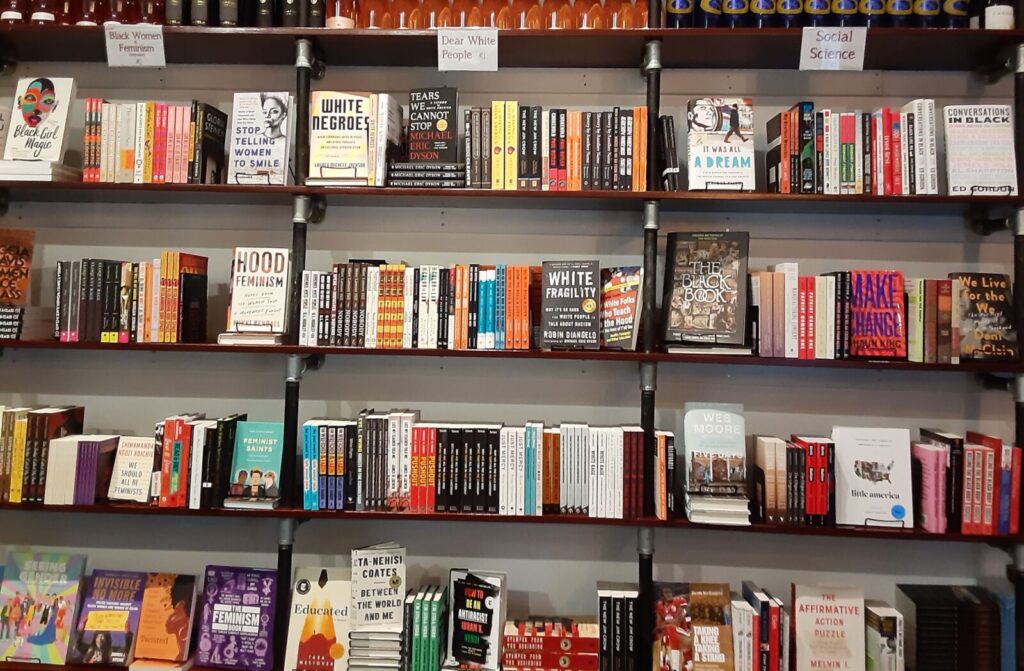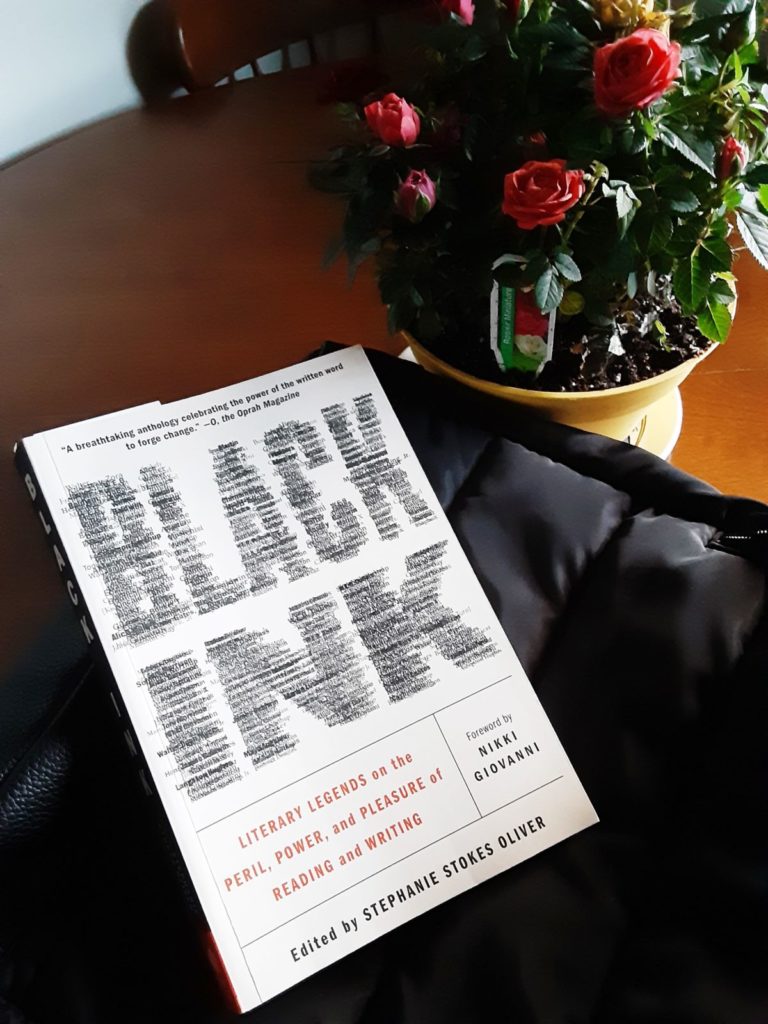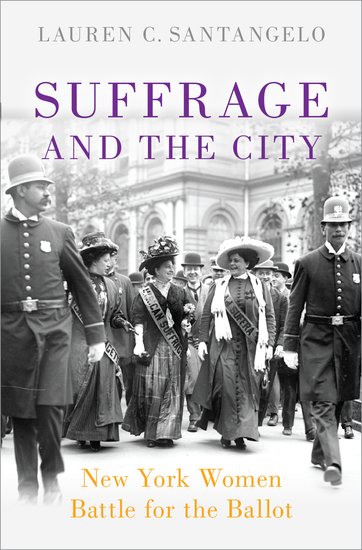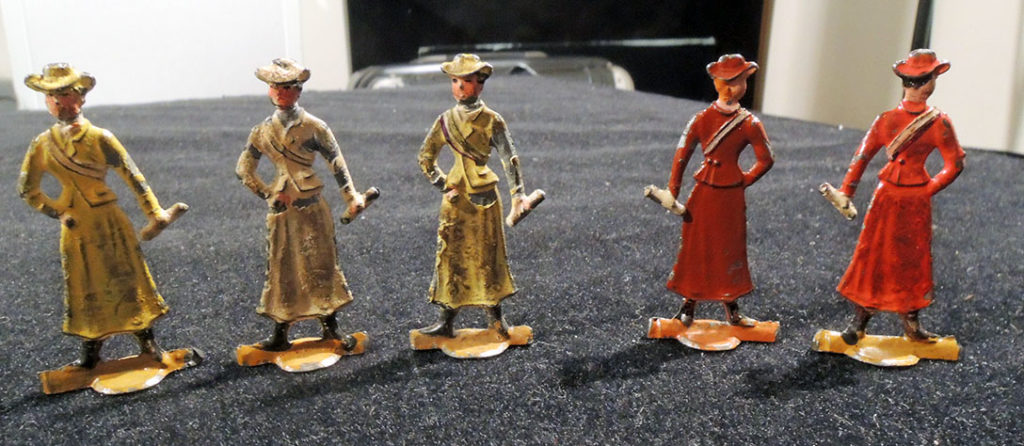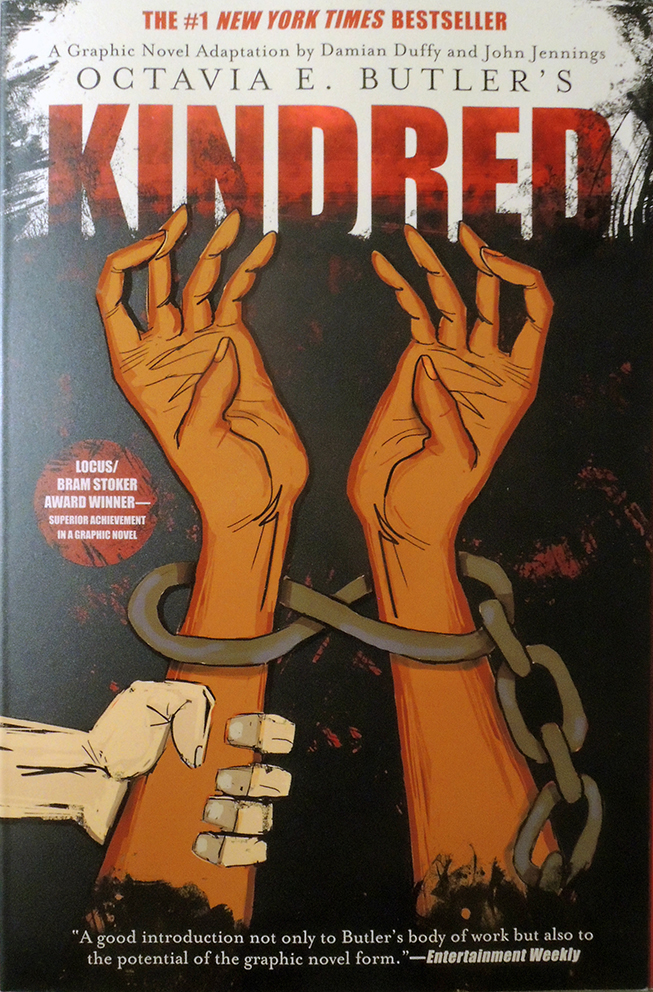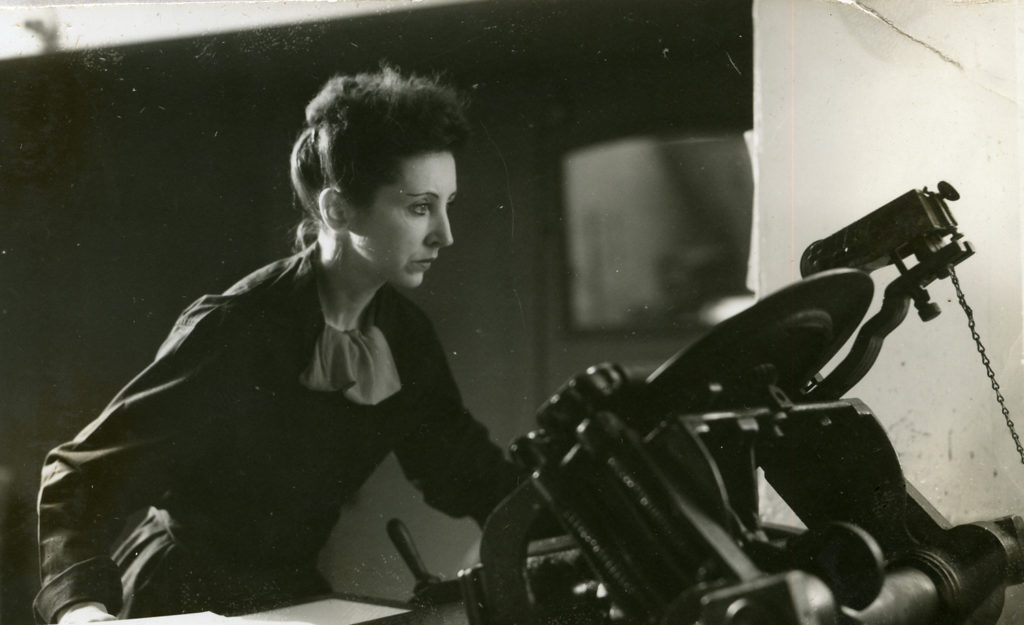 Please join us at 2:00 p.m. on Friday, September 25, 2020, for the fifth in our series of live webinars highlighting material in the Graphic Arts Collection at Princeton University Library. Recently we acquired most of the rare letterpress editions printed by Anaïs Nin (French-Cuban, 1903-1977). Best known for her diaries, Nin also wrote fiction with themes of history, feminism and multiculturalism. Together with Gonzalo More, one of her many lovers, Nin ran a private printing press in Greenwich Village where she taught herself to set type, stood for hours pumping a treadle press, and distributed her books with the help of Frances Steloff at Gotham Book Mart. Many were illustrated with original etchings by her husband, Hugh Parker Guiler, a banker who used the pseudonym Ian Hugo so his colleagues would not discover he was also an artist.
Please join us at 2:00 p.m. on Friday, September 25, 2020, for the fifth in our series of live webinars highlighting material in the Graphic Arts Collection at Princeton University Library. Recently we acquired most of the rare letterpress editions printed by Anaïs Nin (French-Cuban, 1903-1977). Best known for her diaries, Nin also wrote fiction with themes of history, feminism and multiculturalism. Together with Gonzalo More, one of her many lovers, Nin ran a private printing press in Greenwich Village where she taught herself to set type, stood for hours pumping a treadle press, and distributed her books with the help of Frances Steloff at Gotham Book Mart. Many were illustrated with original etchings by her husband, Hugh Parker Guiler, a banker who used the pseudonym Ian Hugo so his colleagues would not discover he was also an artist.
They called the imprint Gemor Press (pronounced G. More) after Gonzalo, although it was Anaïs who raised the money and did most of the physical work. Located first on MacDougal Street and later at 17 East 13th Street where the small building she rented still stands. After a close look at the books and prints, we are fortunate to be joined by Andrew Berman, Executive Director of the Greenwich Village Society for Historic Preservation, who will update us on their efforts to landmark this building, as well as other Village homes and studios of writers we all know and love.
This session is free and open to all. To register: click here
Here is the complete series of past and future webinars highlighting material in Princeton’s Graphic Arts Collection
 New Theories on the Oldest American Woodcut. May 22, 2020
New Theories on the Oldest American Woodcut. May 22, 2020
To celebrate the 350th anniversary of the oldest surviving print from Colonial America, we assembled all five extent copies of the portrait of the Reverend Richard Mather (1596-1669) by or after John Foster. Julie Mellby was joined by Caroline Duroselle-Melish, Andrew W. Mellon Curator of Early Modern Books and Prints and Associate Librarian for Collection Care and Development, Folger Shakespeare Library.
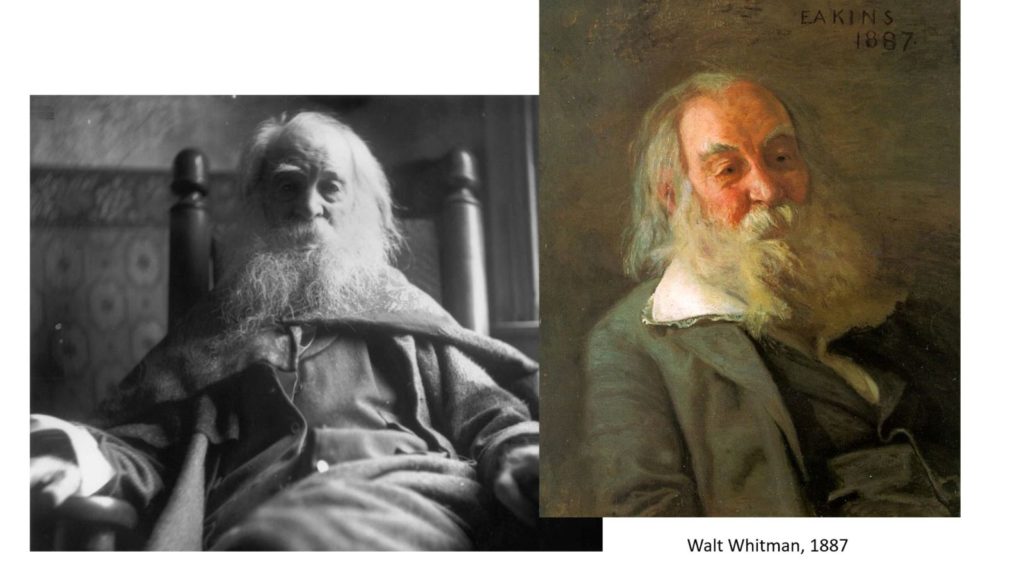 Thomas Eakins and the Making of Walt Whitman’s Death Mask. June 26, 2020
Thomas Eakins and the Making of Walt Whitman’s Death Mask. June 26, 2020
This program was chosen specifically for June, LGBTQ pride month and this year, the 50th anniversary of the first Gay Pride march. Both Walt Whitman and Thomas Eakins, in their own way, broke down barriers around sex, sexuality, and the celebration of the human body. Presented by Julie Mellby, Graphic Arts Curator, and Karl Kusserow, John Wilmerding Curator of American Art, Princeton University Art Museum.
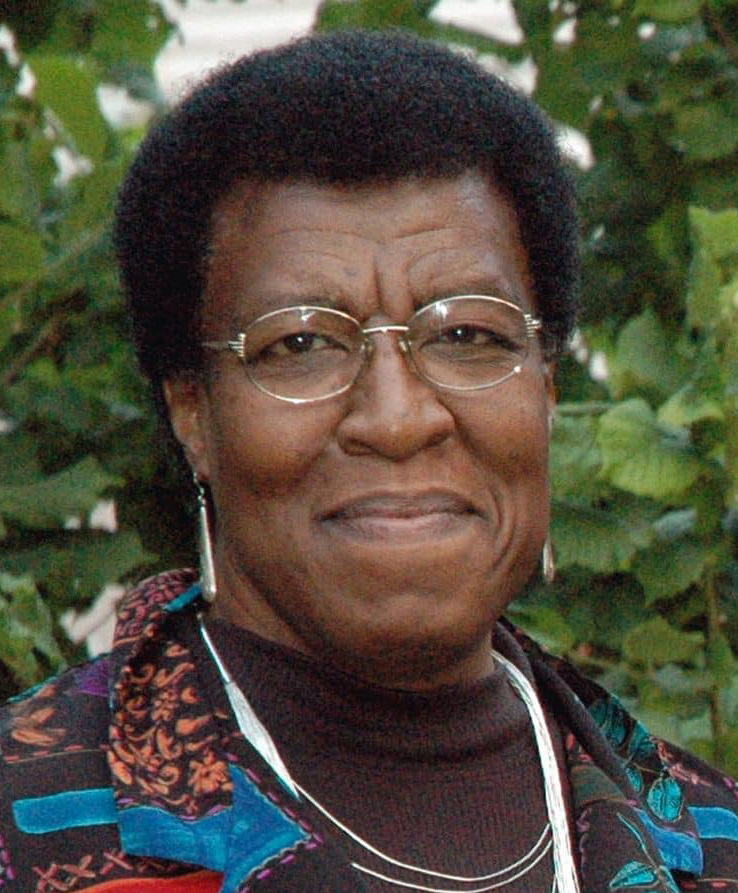 Afrofuturism: The Graphics of Octavia E. Butler. July 31, 2020
Afrofuturism: The Graphics of Octavia E. Butler. July 31, 2020
This month focused on the speculative fiction, also called Afrofuturism, of author Octavia E. Butler. Julie Mellby was joined by Damian Duffy and John Jennings, the award winning team who produced the graphic novel adaptations of Parable of the Sower and Kindred.
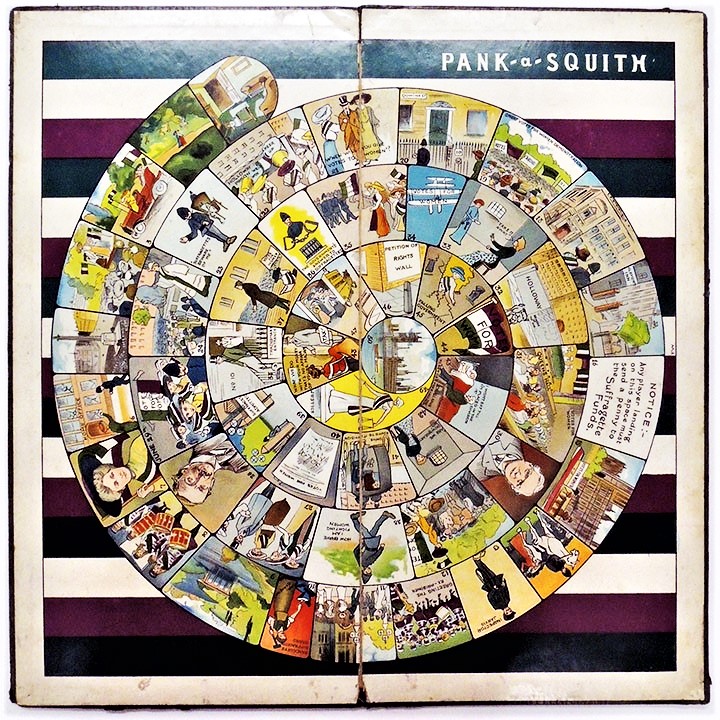 Celebrate the 100th Anniversary of Women’s Suffrage. August 26, 2020
Celebrate the 100th Anniversary of Women’s Suffrage. August 26, 2020
The fourth in our series celebrated the centenary of the 19th amendment on Women’s Equality Day. Julie Mellby was joined by Lauren Santangelo, author of Suffrage and the City and lecturer in Princeton University’s Writing Program, along with Sara Howard, Librarian for Gender & Sexuality Studies and Student Engagement within Scholarly Collections and Research Services at Princeton University Library.
 The Books and Prints of Anaïs Nin and her Gemor Press. September 25, 2020
The Books and Prints of Anaïs Nin and her Gemor Press. September 25, 2020
For the fifth in our series we highlight the recently acquired letterpress editions printed by Anaïs Nin (French-Cuban, 1903-1977). Together with Gonzalo More, Nin ran a private printing press in Greenwich Village where she printed and published fine press books, distributed with the help of Frances Steloff at Gotham Book Mart. Julie Mellby will be joined by Andrew Berman, Executive Director of the Greenwich Village Society for Historic Preservation, who will talk about efforts to landmark the Gemor Press building and other Village homes and studios of writers we all know and love.
 Don Freeman (1908-1978), Dress Up Day, ca. 1936. Lithograph.
Don Freeman (1908-1978), Dress Up Day, ca. 1936. Lithograph.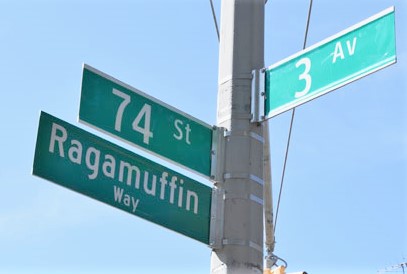 First held on Thanksgiving in 1870, American children would dress as beggars or street urchins and go door to door asking for candy and pennies. Eventually, uncontrolled begging was replaced with an annual costume parade. Last held in Manhattan around 1956, the parade was revived in Bay Ridge, Brooklyn, and continues along Ragamuffin Way each year (except during the present Covid 19 epidemic).
First held on Thanksgiving in 1870, American children would dress as beggars or street urchins and go door to door asking for candy and pennies. Eventually, uncontrolled begging was replaced with an annual costume parade. Last held in Manhattan around 1956, the parade was revived in Bay Ridge, Brooklyn, and continues along Ragamuffin Way each year (except during the present Covid 19 epidemic). James Greenwood (1832-1929), The True History of a Little Ragamuffin (London: Ward, Lock, and Tyler, 1867). Not yet at Princeton University Library. See David Croal Thomson , Life and labours of Hablôt Knight Browne, “Phiz” (London, Chapman and Hall, 1884). Graphic Arts Collection oversize 2008-0463Q. 20-volume set, extra-illustrated with tipped-in works by Browne, including: etchings (some hand-colored); engravings; aquatints; lithographs; wood engravings; pencil drawings (some with added gouache); pen and ink washes; watercolors; one albumen photograph of a drawing; illustrated letters; and book covers.
James Greenwood (1832-1929), The True History of a Little Ragamuffin (London: Ward, Lock, and Tyler, 1867). Not yet at Princeton University Library. See David Croal Thomson , Life and labours of Hablôt Knight Browne, “Phiz” (London, Chapman and Hall, 1884). Graphic Arts Collection oversize 2008-0463Q. 20-volume set, extra-illustrated with tipped-in works by Browne, including: etchings (some hand-colored); engravings; aquatints; lithographs; wood engravings; pencil drawings (some with added gouache); pen and ink washes; watercolors; one albumen photograph of a drawing; illustrated letters; and book covers.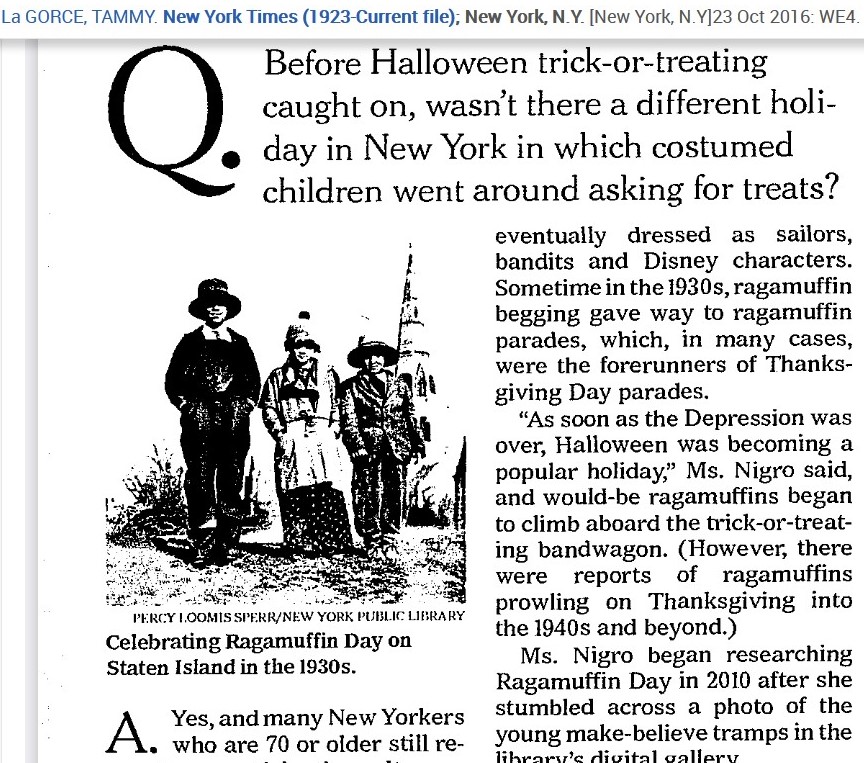 https://search-proquest-com.ezproxy.princeton.edu/docview/1830982791/B3CDF9747F384D93PQ/1?accountid=13314
https://search-proquest-com.ezproxy.princeton.edu/docview/1830982791/B3CDF9747F384D93PQ/1?accountid=13314
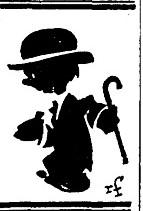
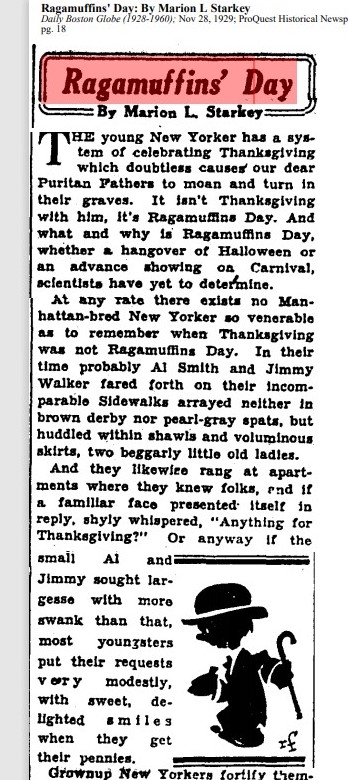
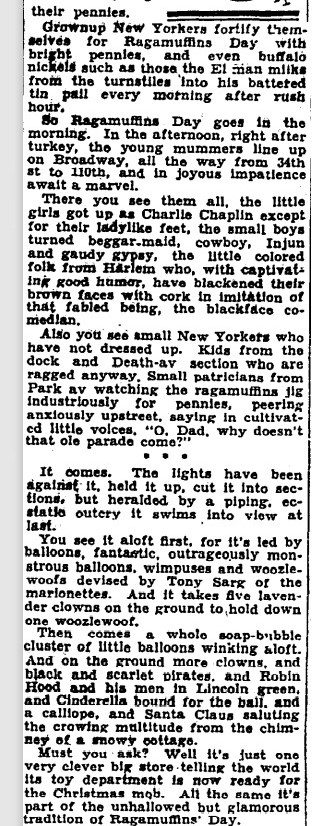


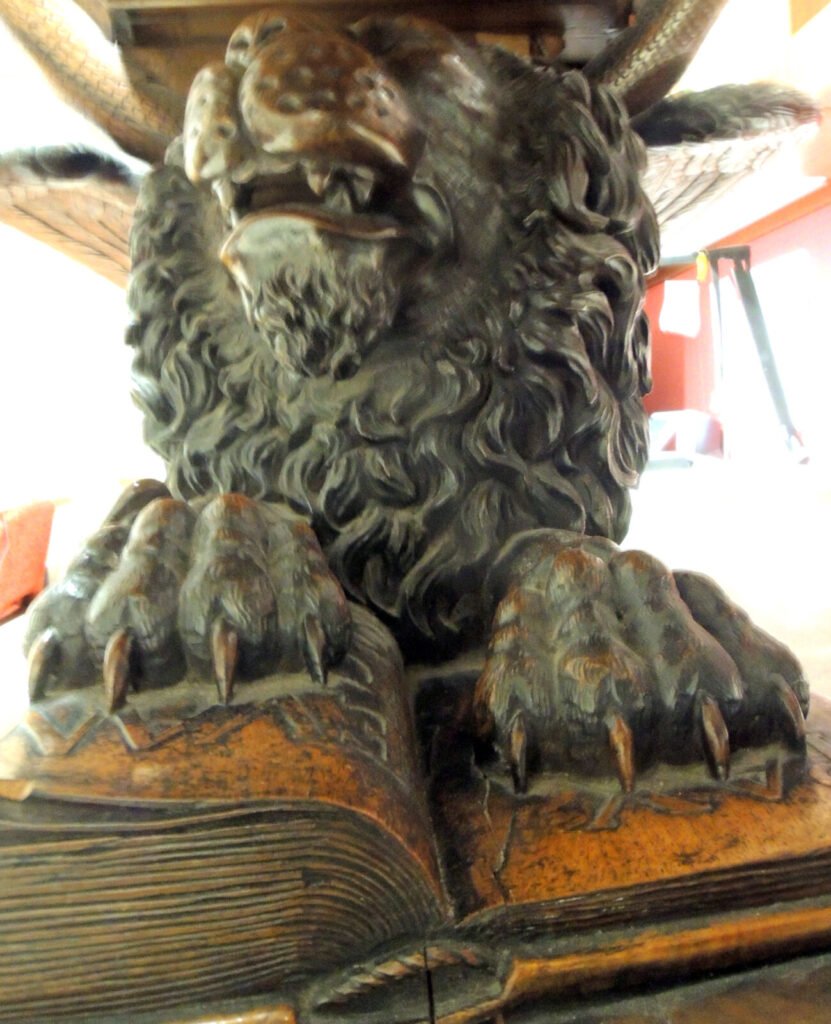
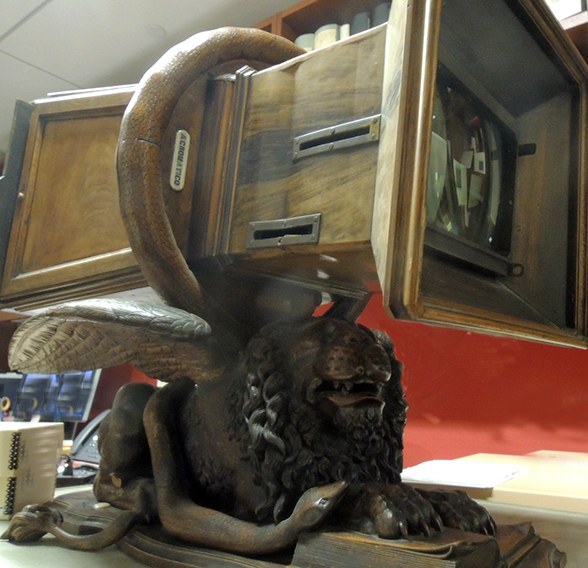
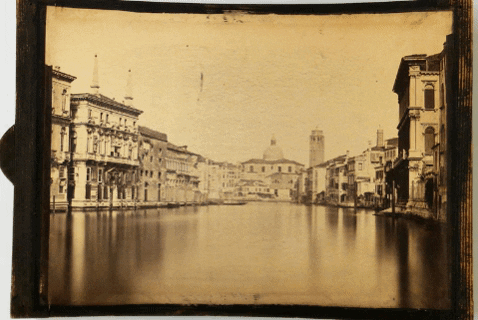
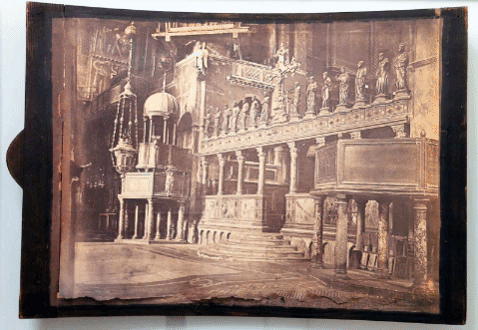
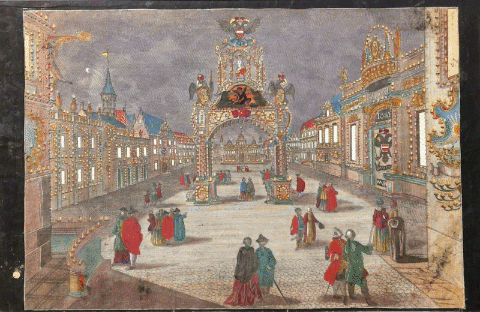

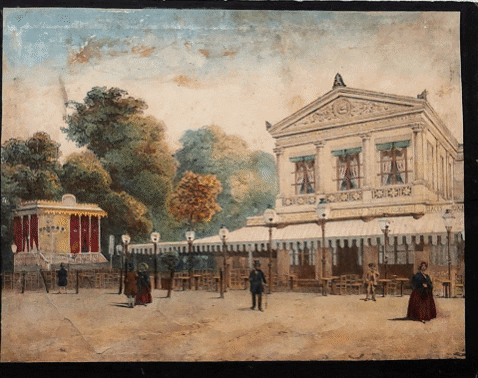
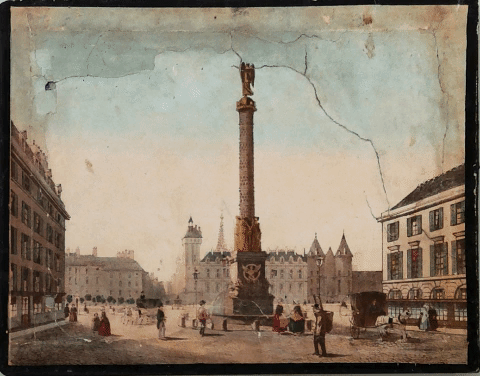
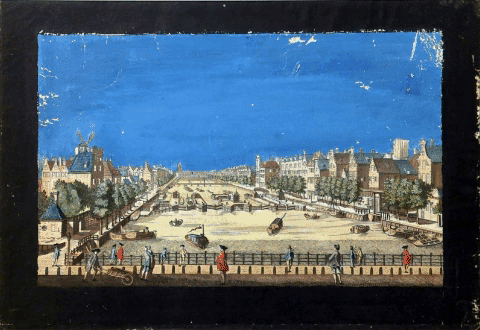
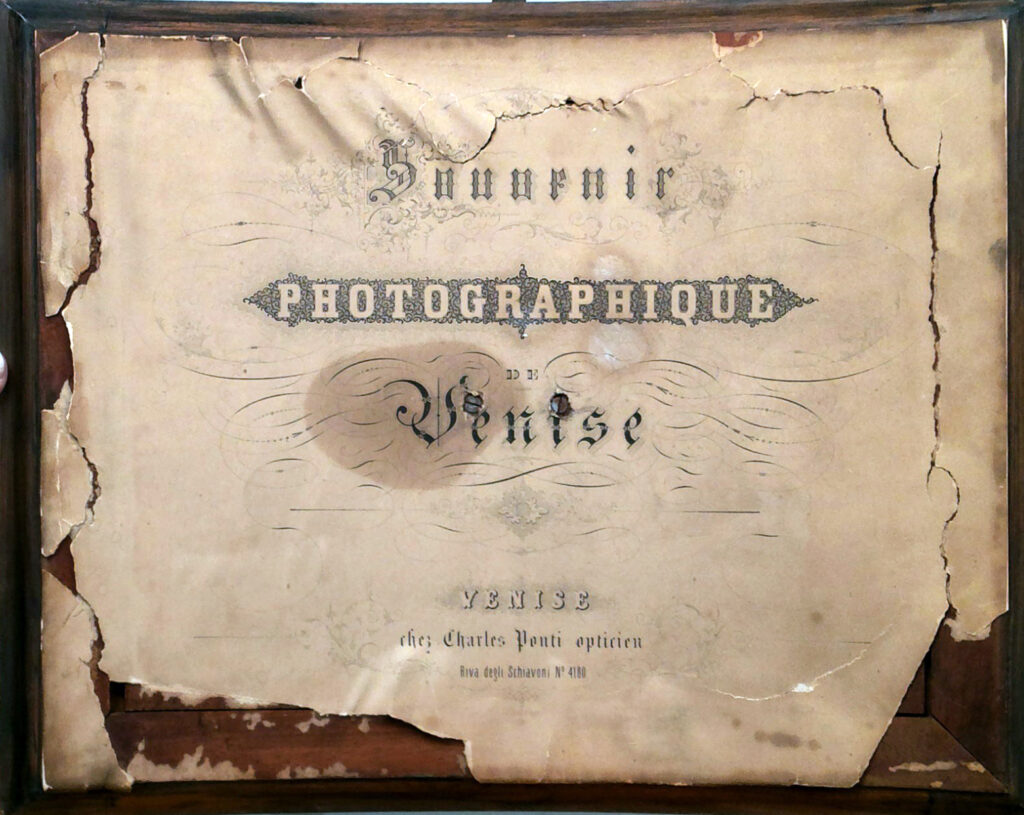

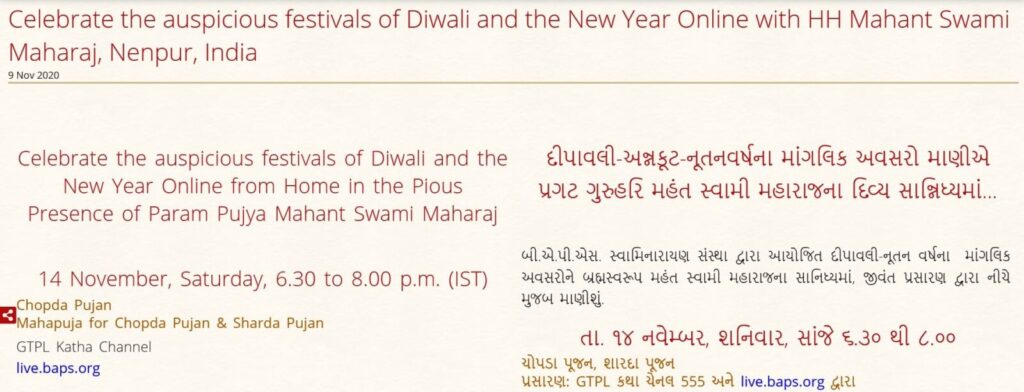
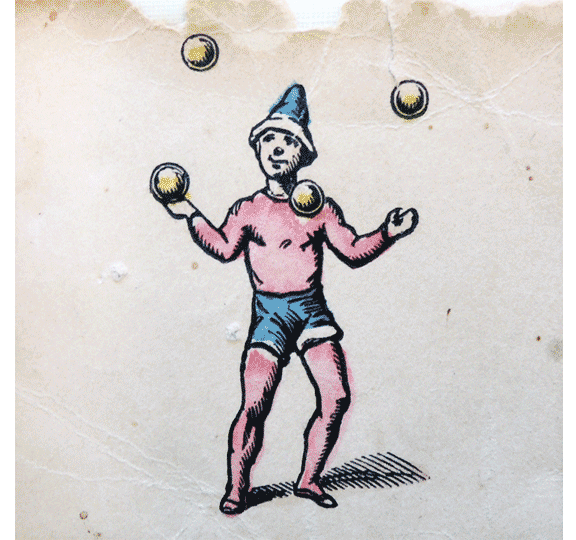
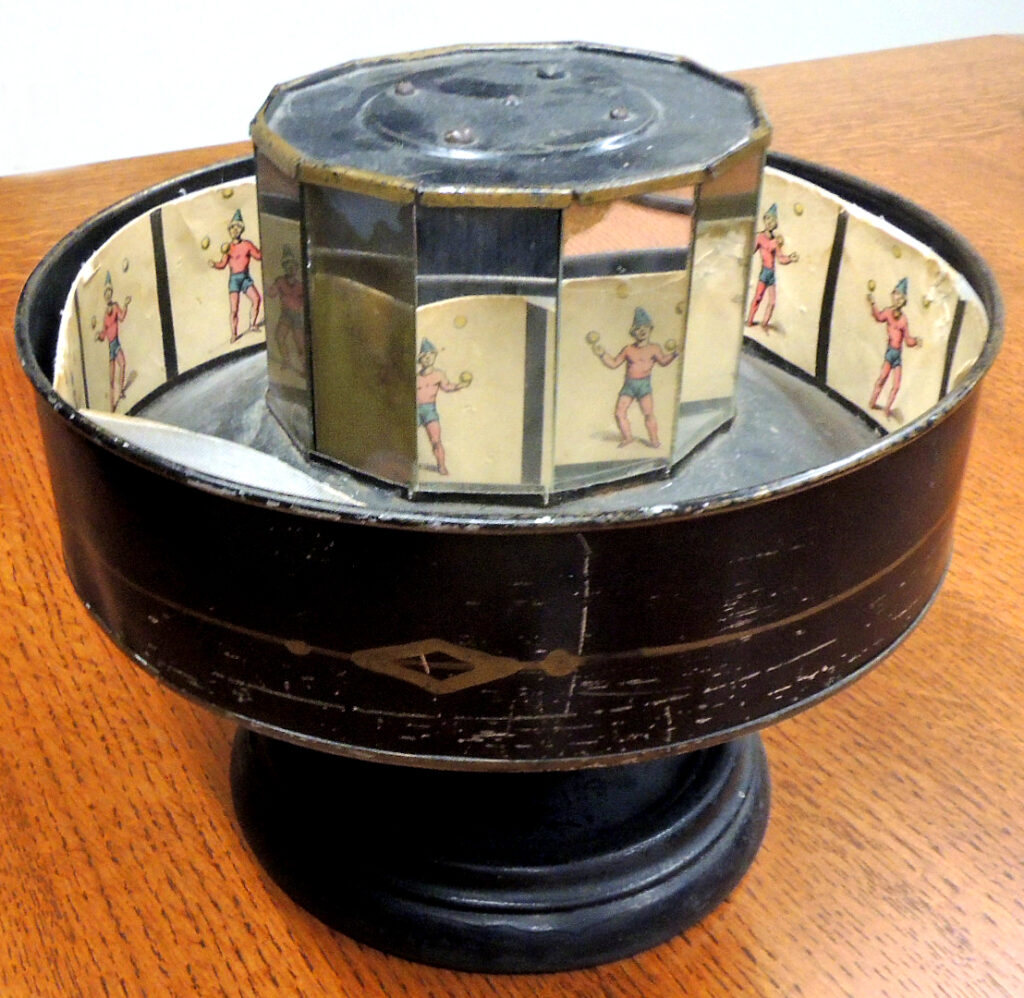

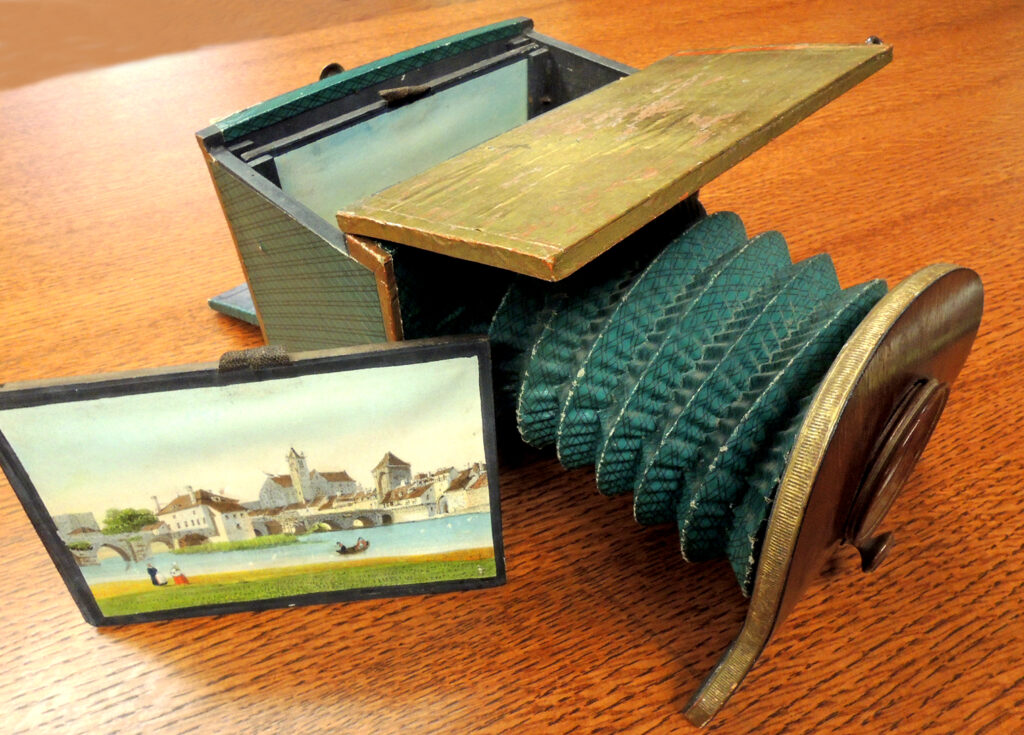
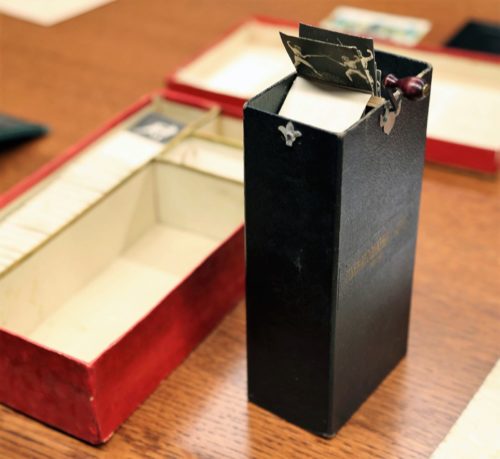
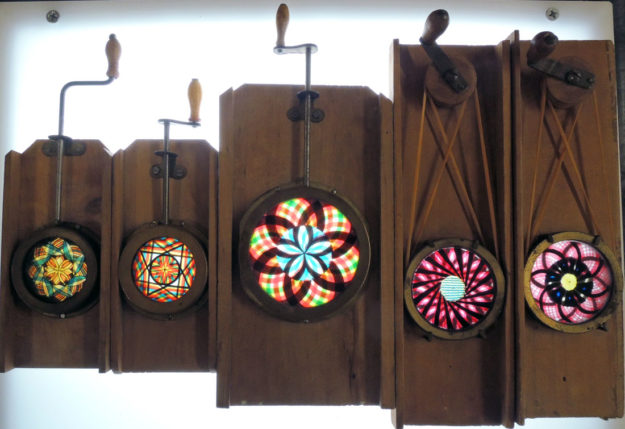

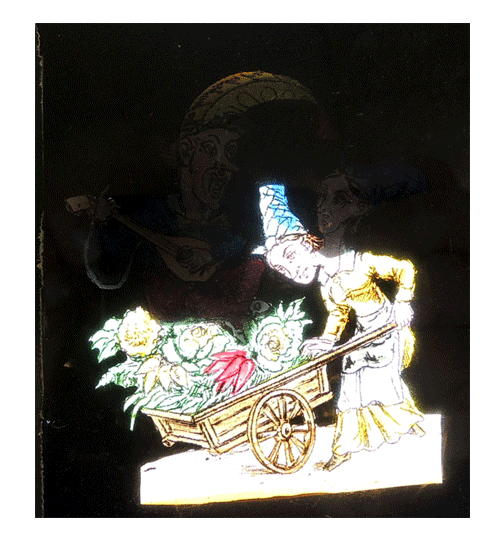

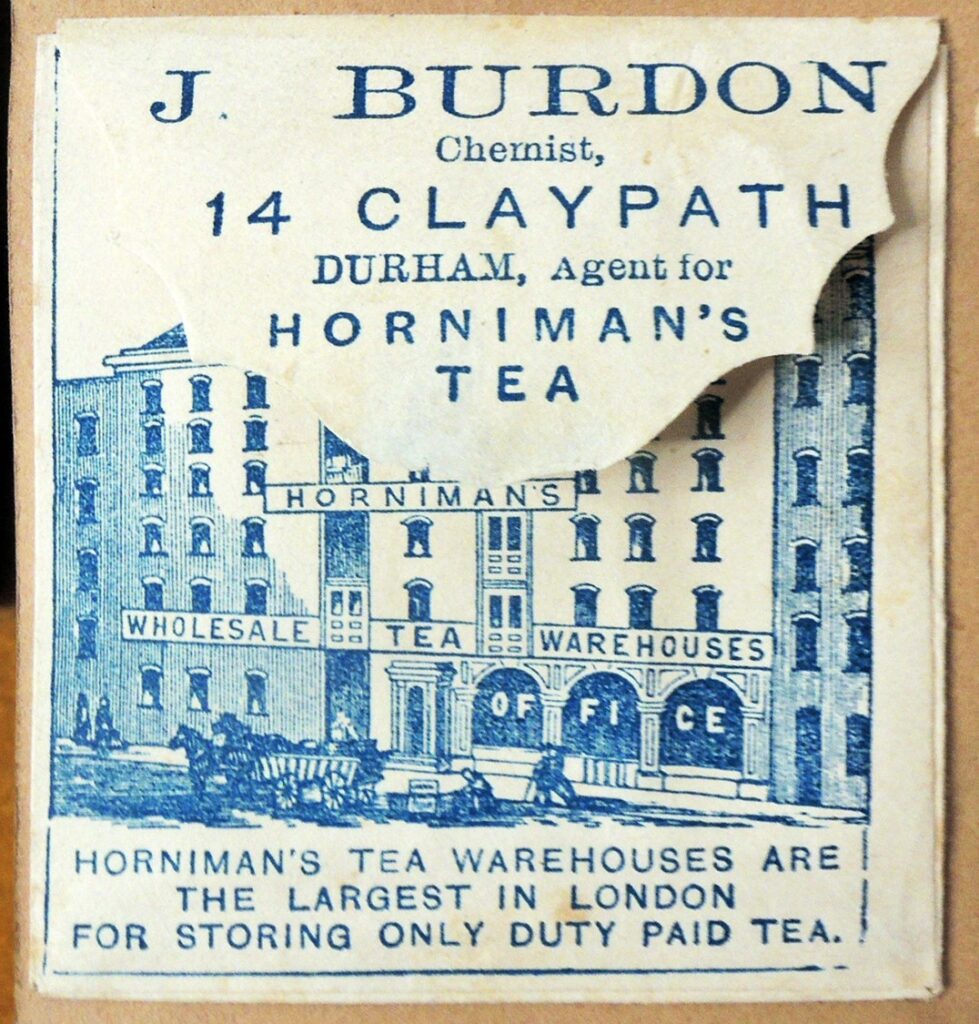




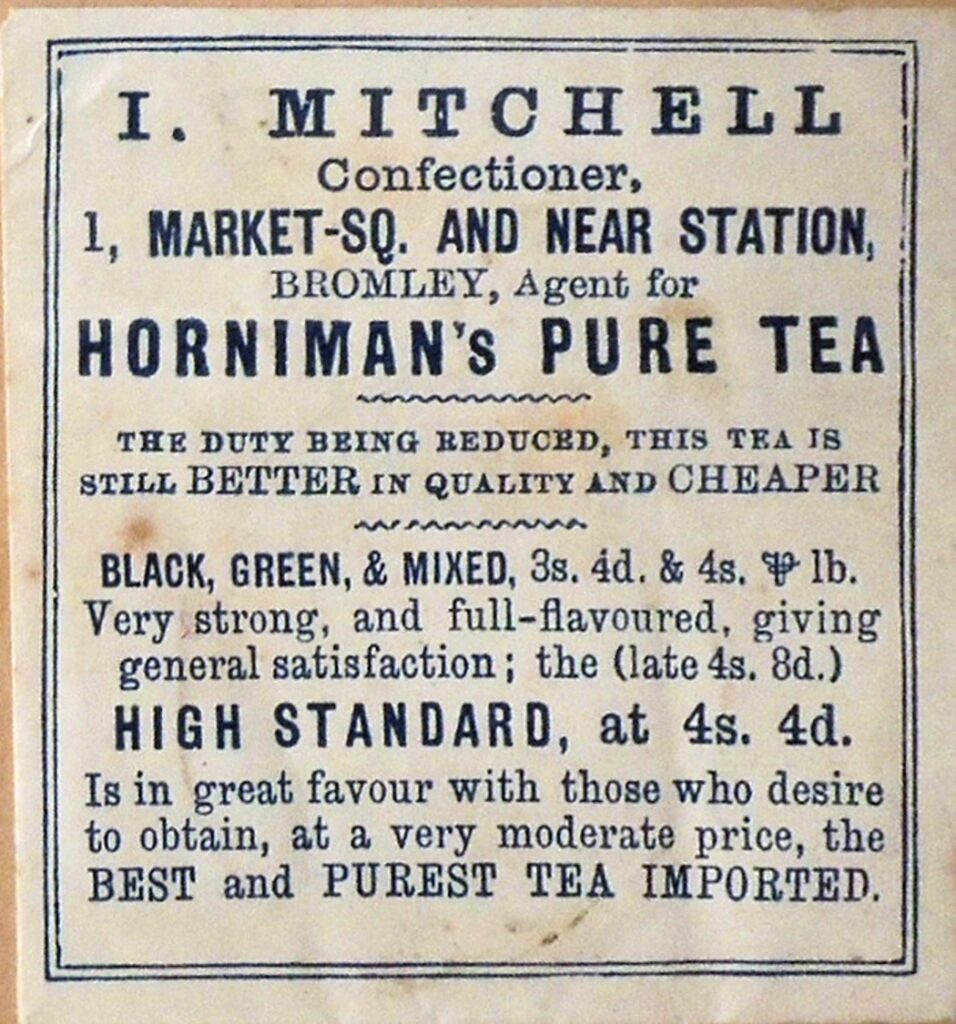
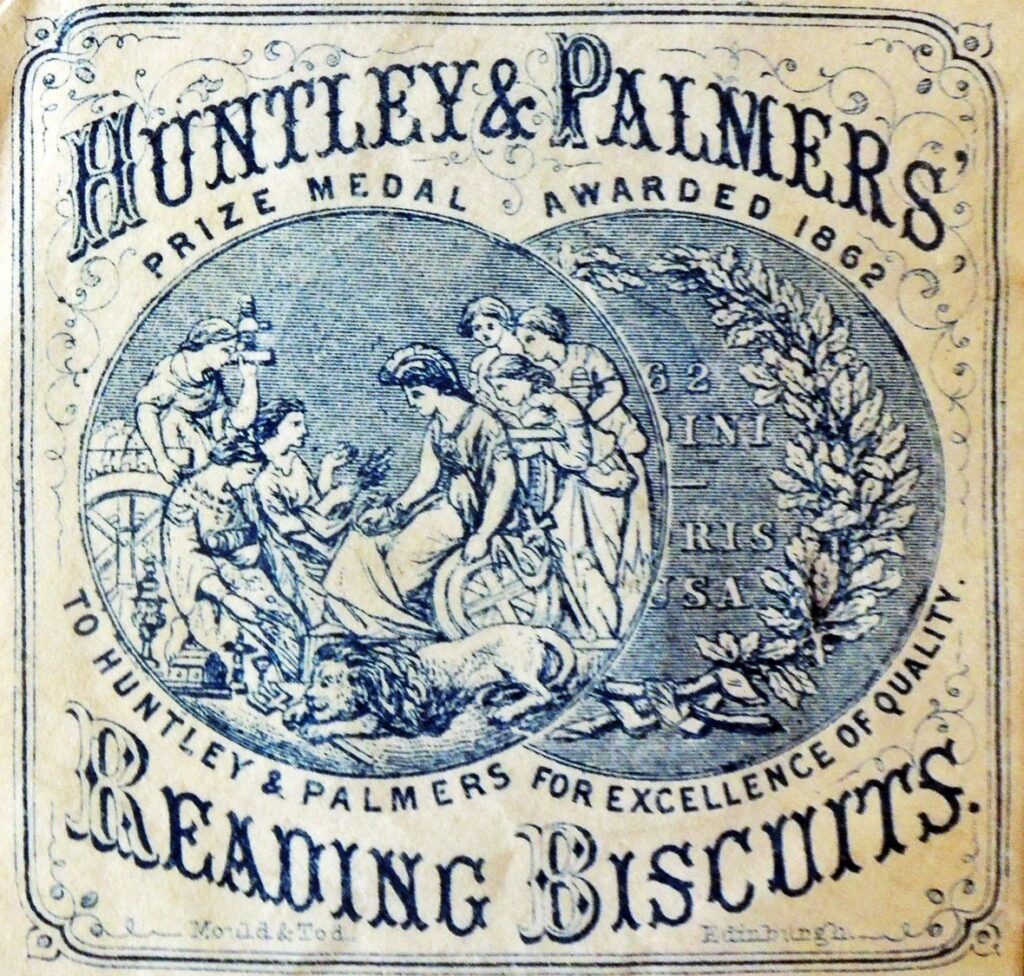


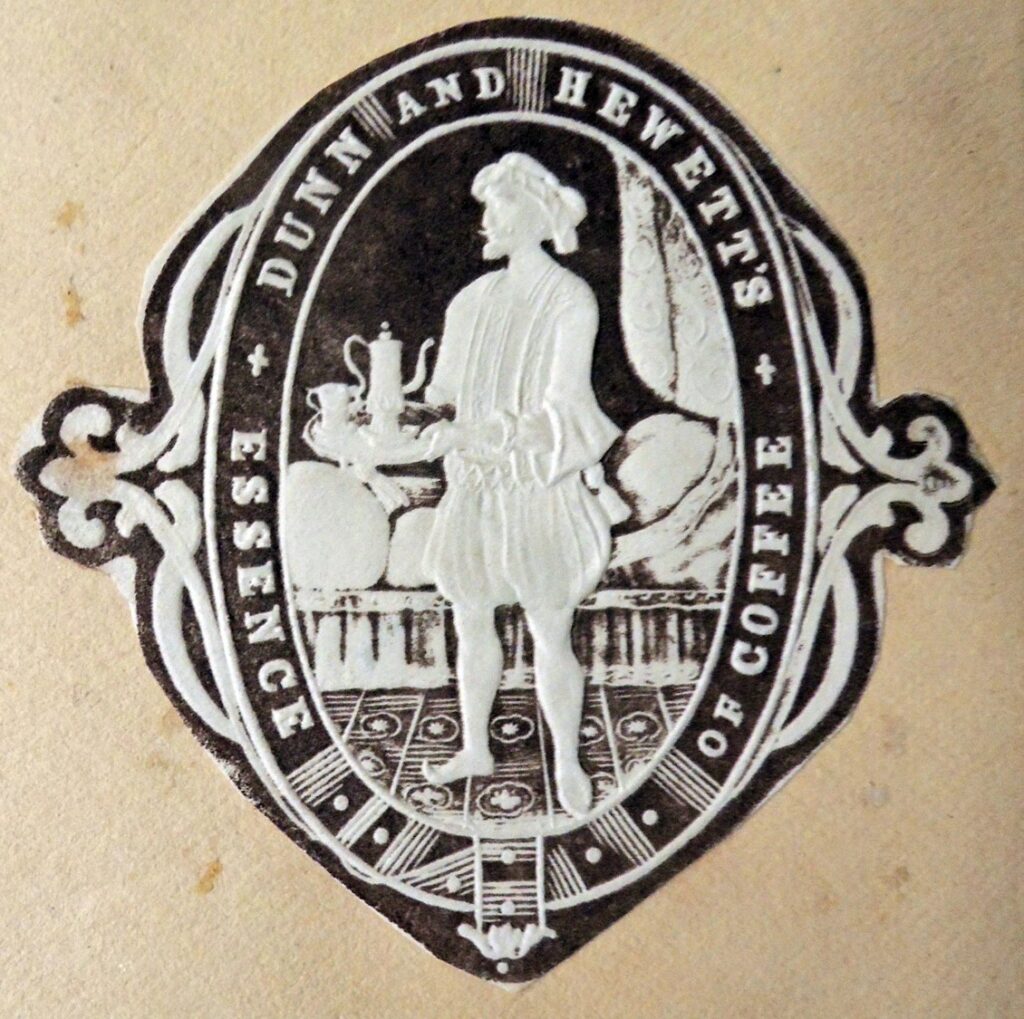
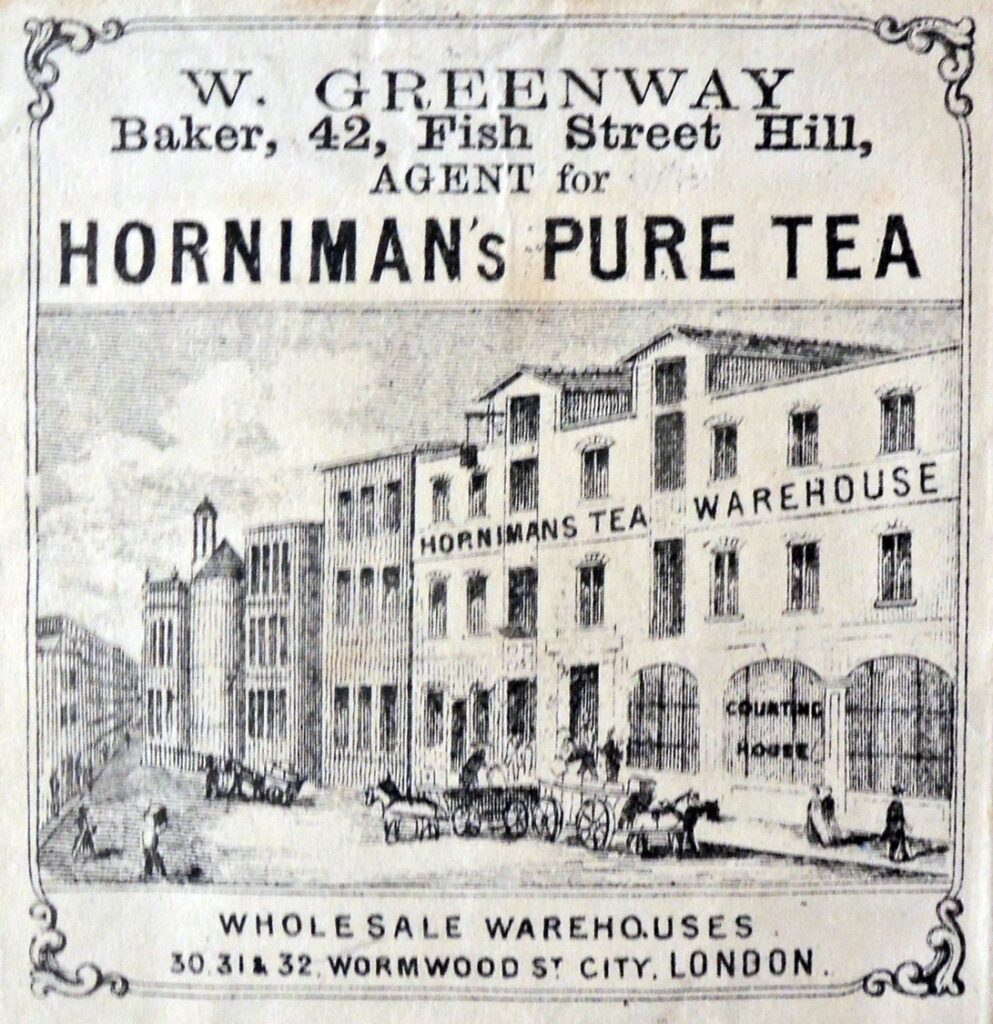

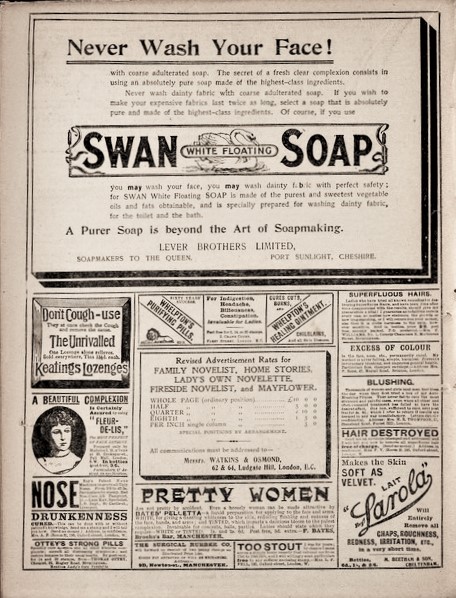

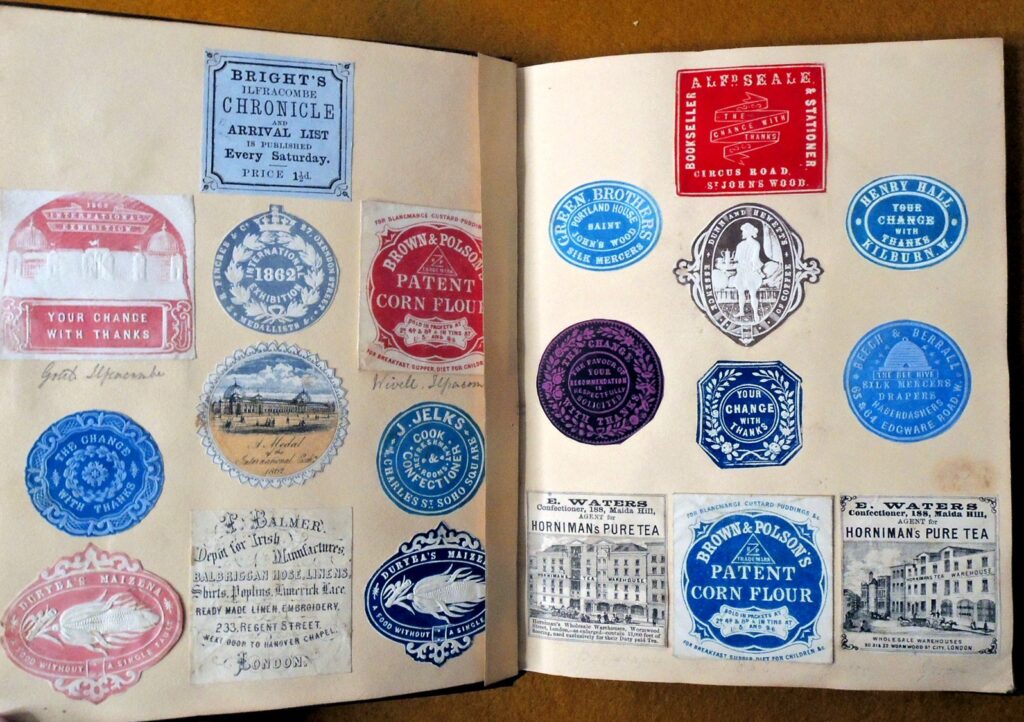
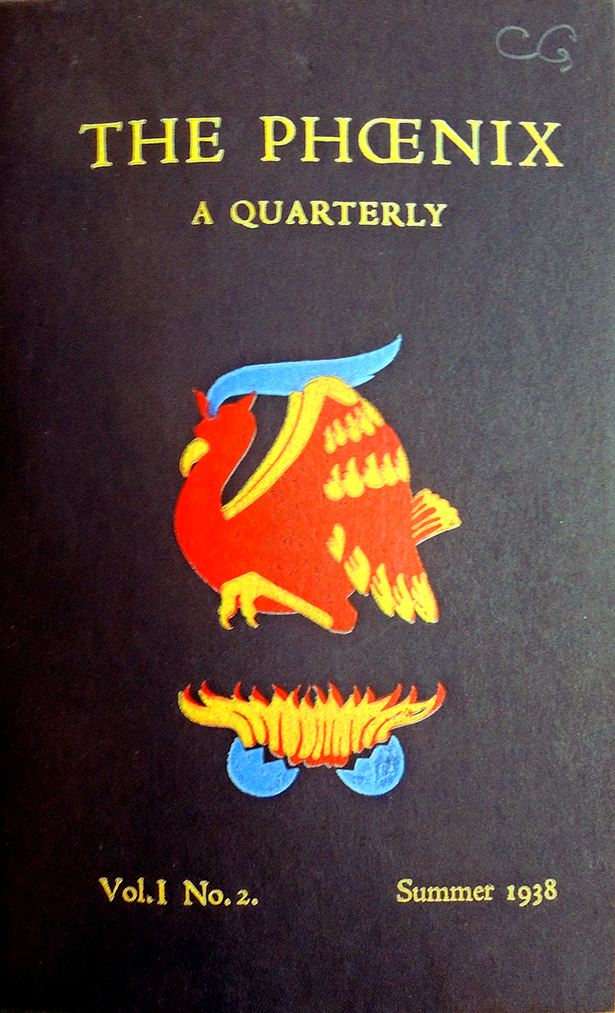


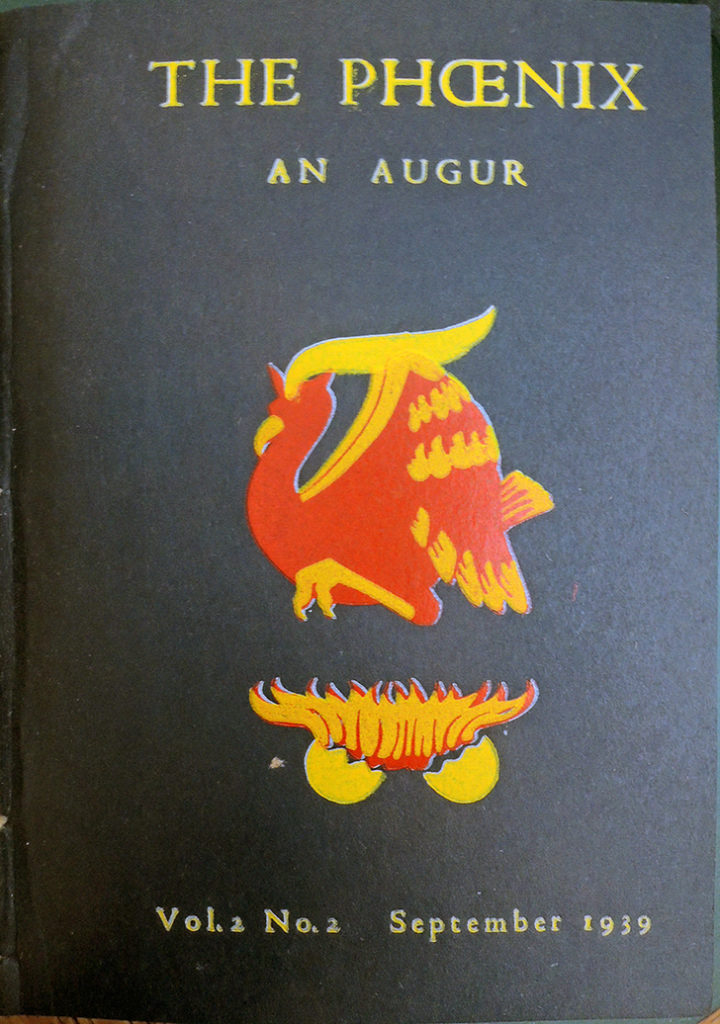
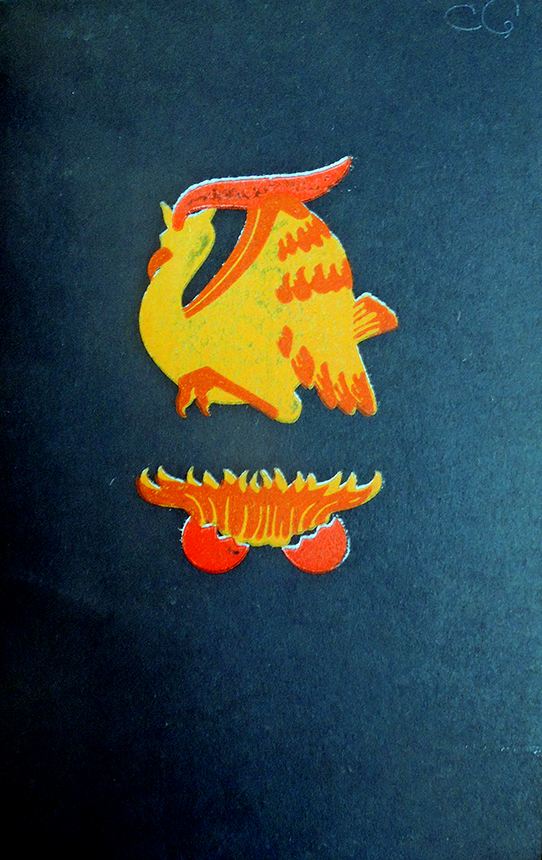
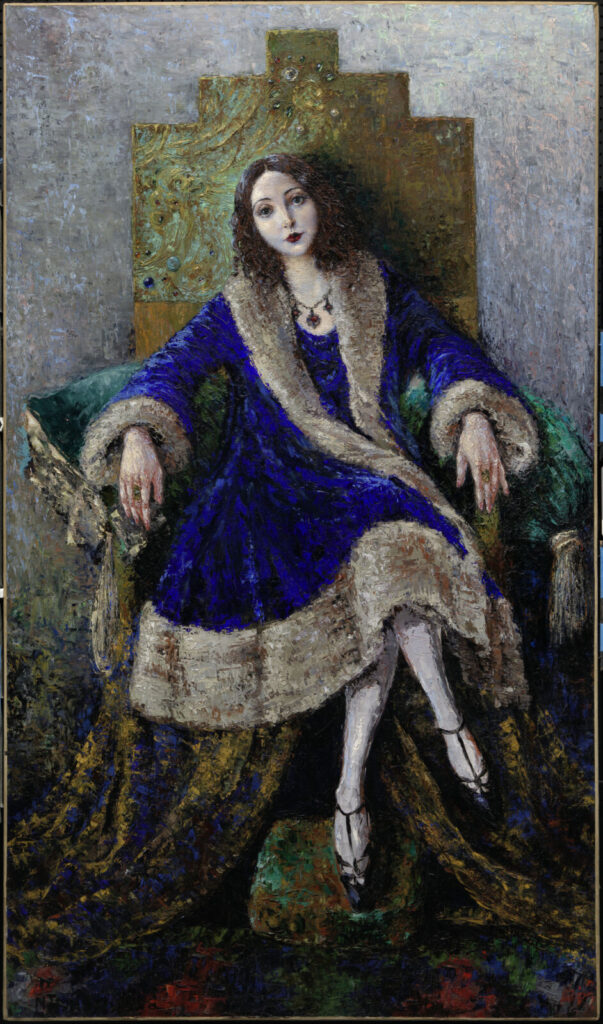 Natashia Troubetskoia, Anaïs Nin, ca. 1932. Oil on canvas. National Portrait Gallery, Smithsonian Institution
Natashia Troubetskoia, Anaïs Nin, ca. 1932. Oil on canvas. National Portrait Gallery, Smithsonian Institution